Virginia Woolf, born Adeline Virginia Stephen, was one of the great modernist English writers of the twentieth century. She is credited with numerous novels, short stories, and essays but is most well-known for her experimental novel, “A Room of One’s Own“.
In the novel, “A Room of One’s Own”, Woolf utilized a modern, stream-of-consciousness writing style. This contemporary method of prose was shocking in the way that it represented human thought in its blatant, raw form; contrasting greatly with the traditional, detached ways of composing literature. Although Woolf’s method of writing did have an innovative edge, its newness did not distract from her innate ability to hook her readers and make them genuinely interested in what she had to say. Woolf wrote as if she was speaking directly to the reader; in fact, she was speaking to a direct audience, as “A Room of One’s Own” was originally a combination of speeches that she gave at woman-supporting Girton and Newnham Colleges, both in Cambridge, England. Ideas in her narrative flow in a natural, colloquial form, as Woolf seamlessly references past literary works, authors, and important thinkers to support her argument for the necessities of woman writers. One reference that I found particularly interesting was to an anonymously written poem entitled “The Ballad of Mary Hamilton”. (I found a video of a contemporary vocal rendition of the ballad, happy listening!) 🙂
This ballad begins by introducing four Marys; Mary Beaton, Mary Seaton, Mary Carmichael, and Mary Hamilton. It goes on to describe the account of Mary Hamilton, a servant to the Queen of Scotland, who, through a secret relationship with the King, becomes pregnant. In an act of desperation, Mary kills her child as she cannot support the burden of caring for it. The crime is uncovered and Mary is sentenced to death.
The Four Marys from H E Marshall’s ‘Scotland’s Story’, 1906 Mary Hamilton Before Execution by Pavel Svedomskiy, 1904
Woolf alludes to the four Marys in chapter one saying, “Here then was I (call me Mary Beton, Mary Seton, Mary Carmichael or by any name you please– it is not a matter of any importance) sitting on the banks of a river deep in thought” (pg 17). The fact that Woolf suggests that the name with which you should address her is not of any importance is particularly significant. By giving a name— usually a form of personal identification– a lack of importance, Woolf is creating a general, subjective identity with which the readers can identify. In this way, the narrative of Mary Beton/Seton/Carmichael becomes a universal narrative; one that can be applied to every woman reader, regardless of that woman’s characteristics.
Woolf continues the allusion to the four Marys throughout “A Room of One’s Own” by conversing with a Mary Seton about the poor accommodations at the women’s college luncheon in chapter one, (pg 24-25) and reading and critiquing a novel written by a Mary Carmichael saying, “It would be better, instead of speculating what Mary Carmichael might write and should write, to see what in fact Mary Carmichael did write” (pg 60-61). But her use of Mary Beton in Chapter 6 is the most striking application of the ballad, with the character of Beton as a symbol of Woolf herself. She writes, “Here then, Mary Beton ceases to speak…she has asked you to follow her flying into the arms of a Beadle, lunching here, dining there, drawing pictures of the British Museum, taking books from the shelf, looking out of the window. While she has been doing all of these things, you have no doubt been observing her failures and foibles and deciding what effect they have had on her opinions. You have been contradicting her and making whatever additions and deductions seem good to you” (pg 67).
With this reference, Woolf is embodying the character of Mary Beton and using her to critic herself. Woolf understands the obstacles that she, and all other woman writers, are up against when they compose literature. She recognizes that as a writer, especially being a modern woman writer, readers are constantly questioning her merit while searching for ‘feminine flaws’ in her writing. The use of Mary Beton is merely a general representation of all women who are attempting to challenge the boundaries that are set before them, Woolf included. Personally, I liked that Woolf took this introspective moment in her narrative; it showed that she was not writing for the sole purpose of criticizing other writers, but for the criticism of society and its effect on women writers as a whole. By drawing the same attention to herself and her struggles as a woman writer, Woolf appears more human and more relatable to her female counterparts.
DeShazer, Mary K. “A Room of One’s Own.” The Longman Anthology of Women’s Literature. New York: Longman, 2001. 17-67. Print.
“Virginia Woolf.” Wikipedia. N.p., 4 Feb. 2013. Web. 6 Feb. 2013
“Stream Of Consciousness.” About.com Classic Literature. N.p., n.d. Web. 06 Feb. 2013.
“Mary Hamilton.” Wikipedia. Wikimedia Foundation, 02 June 2013. Web. 06 Feb. 2013.
“Joan Baez – Mary Hamilton 1960.” YouTube. YouTube, 19 Aug. 2009. Web. 06 Feb. 2013.
“Across the Page.” Across the Page. N.p., n.d. Web. 06 Feb. 2013.
“Weekend Music Thread â Girl Power | PlanetPOV.” PlanetPOV RSS. N.p., n.d. Web. 06 Feb. 2013.

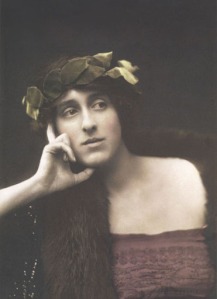
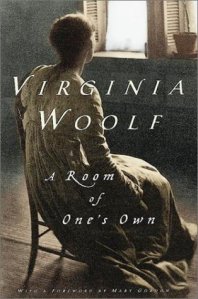
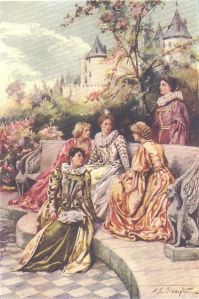
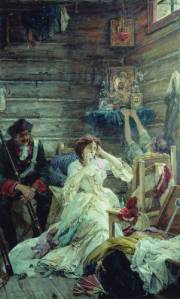
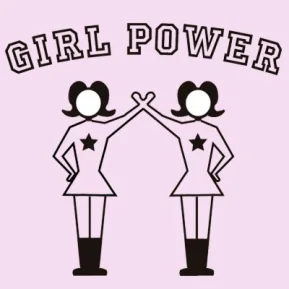
January 22, 2014 at 11:01 pm
Reblogged this on Surviving High School and Other Life Lessons and commented:
perspective on marys.
February 7, 2014 at 8:09 am
Chez Mary Hamilton, on vit venir la Reine.
« Mary, levez-vous donc. À présent, dites-moi
Où est allé l’enfant dont j’entendais la voix. »
« Un navire ai choisi pour lui, ma Souveraine,
Et l’ai livré aux flots que hante la sirène,
À la grâce de Dieu, qu’il nous garde en sa loi. »
« Mary, vous n’avez point agi en bonne foi ;
Si l’enfant eût vécu, j’eusse été sa marraine,
Mais en ville, aujourd’hui, je crois que nous irons,
N’écoutez en chemin ceux qui vous maudiront. »
Mary, un bref instant, se pose en suppliante,
Puis prend sa robe blanche et son collier doré
Que tout à l’heure, en ville, elle veut arborer ;
Elle marche au supplice, à-demi souriante.